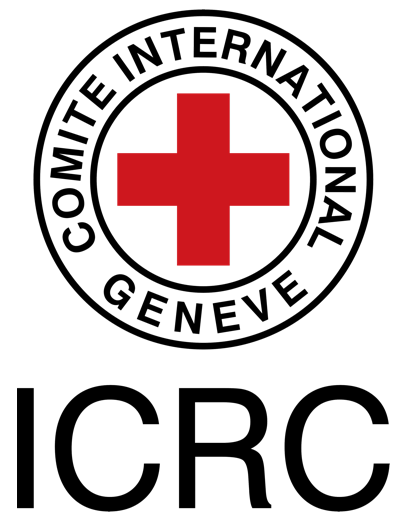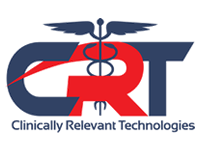Category:Head
Subcategories
This category has the following 6 subcategories, out of 6 total.
H
- Head - Case Studies (5 P)
- Head - Guidelines (4 P)
- Head - Interventions (30 P)
- Head - Outcome Measures (14 P)
Pages in category "Head"
The following 129 pages are in this category, out of 129 total.
A
B
C
- Canadian Physical Activity and Sedentary Behaviour Guidelines
- Carers Guide to Dementia
- Case Study: Exercise in MS
- Cerebral Cortex
- Chedoke-McMaster Stroke Assessment
- Chronic Pain and the Brain
- Classification of Traumatic Brain Injury
- Cognitive Impairments
- Coma Recovery Scale (Revised)
- Community Ambulation of Stroke Individuals
- Concussion Treatment
- Contracture Management for Traumatic Brain Injury
- Corticospinal Tract
- Cranial Nerves
- Craniotomy
D
E
F
I
M
N
O
P
- Pain Assessment
- Pathophysiology of Traumatic Brain Injury
- Physical Activity and Mental Health
- Physical Disability and Sexual Dysfunction among Stroke Survivors
- Physiotherapists as Advocates for Individuals Living With Dementia
- Physiotherapy Management of Traumatic Brain Injury
- Pituitary Gland
- Post-Concussion Syndrome
- Postural Assessment Scale for Stroke
- Promoting Independence for Persons With Dementia
- Psychosocial Considerations for Traumatic Brain Injury
- Pusher Syndrome
S
- Scapular Dyskinesia
- Second Impact Syndrome
- Secondary Progressive Multiple Sclerosis - A Case Study
- Smoking Cessation and Brief Intervention
- Spasticity
- Stroke
- Stroke Medical Management
- Stroke Rehabilitation Assessment of Movement (STREAM)
- Stroke: Assessment
- Stroke: Case Study
- Stroke: Clinical Guidelines
- Stroke: Physiotherapy Assessment
- Stroke: Positioning
- Stroke: The Evidence for Physiotherapy
- Stroke: The Role of Physical Activity
T
- Temporal Lobe
- Temporomandibular Disorders
- The emerging role of Microsoft Kinect in physiotherapy rehabilitation for stroke patients
- The influence of antidepressant medication on physiologic processes and exercise
- The Postural Control System
- Transient Ischaemic Attack (TIA)
- Traumatic Brain Injury Clinical Guidelines
- Traumatic Brain Injury in Paediatrics
- Trigeminal Nerve






